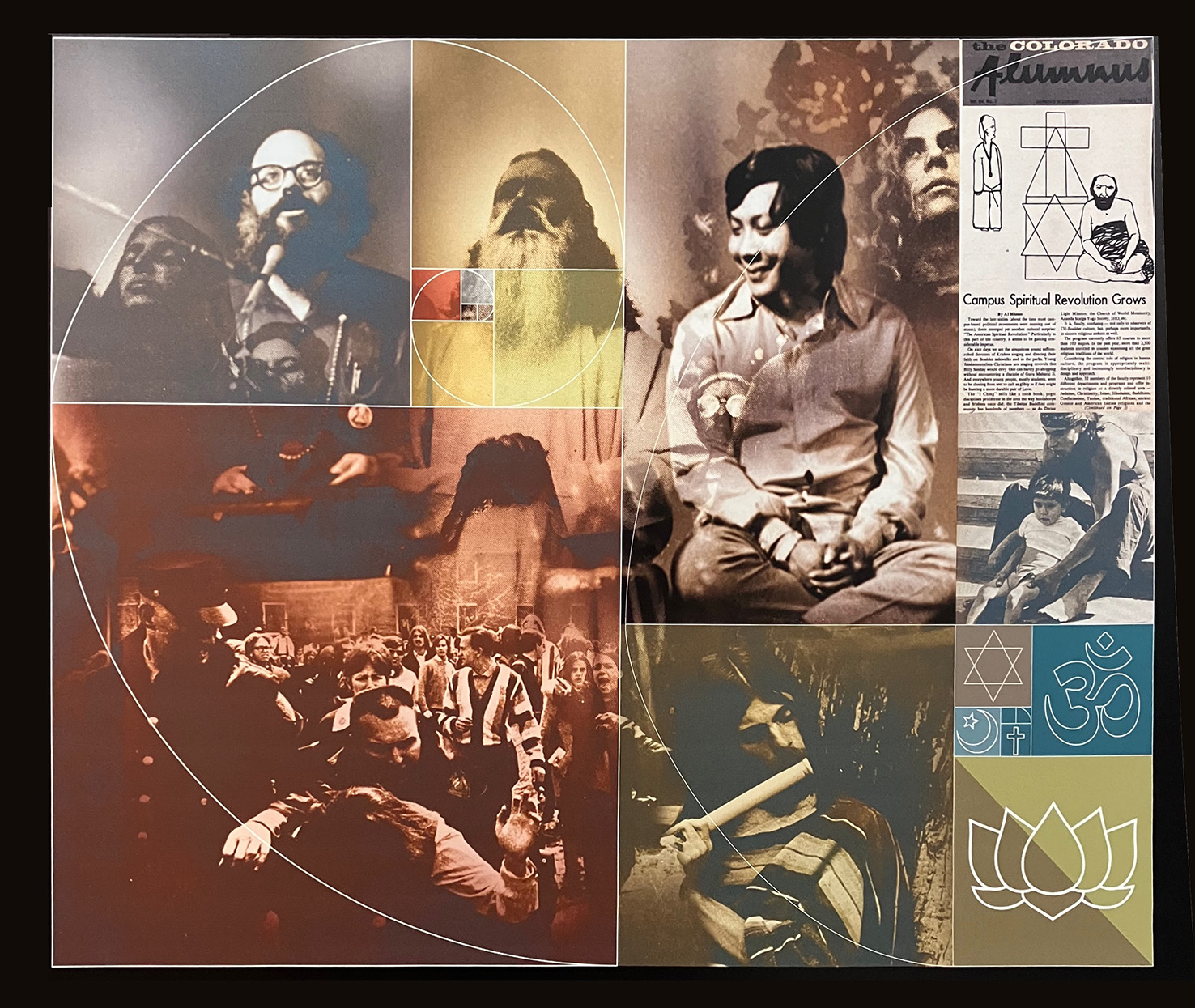
The University of Colorado Classes
Click here to jump to talk playlist and clip
An invitation to Boulder
Before Chögyam Trungpa ever crossed the Atlantic, while he was still living and teaching in the U.K., his book Meditation in Action (1969) was gaining a following in the United States. There was a particularly enthusiastic cohort of these fans in Boulder, Colorado.
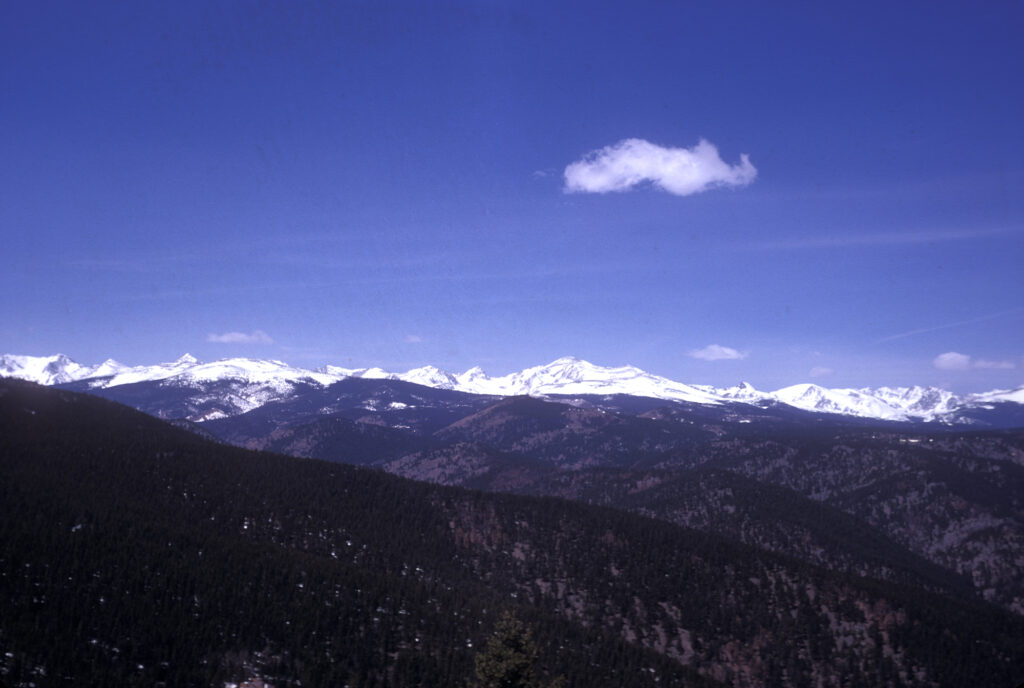
A letter was sent to the author in Scotland, inviting him to Boulder. The envelope also included a postcard of the Rocky Mountains intended to entice him with their similarity to the Himalayan peaks of his homeland. He did not respond for some months, but in her memoir his wife, Diana Mukpo, tells us that the view of the mountains indeed inspired him to consider moving there. Meanwhile, Trungpa Rinpoche had made the journey to North America with his wife and established Karmê Chöling (then Tail of the Tiger) in Vermont. Months later, as the Boulder group was beginning to lose hope, they finally received a letter from Vermont, expressing Trungpa Rinpoche’s wish to travel to Boulder and stay much longer than a short teaching visit…
Before travelling to Colorado himself, he wisely sent a vanguard of two of his close students, John Baker and Marvin Casper. They were there to take the temperature of the group in Boulder and to head off any notions of Rinpoche being a pious monastic or any other preconceptions of what a Buddhist teacher should be. Baker and Casper called a meeting of the interested parties and explained how Trungpa Rinpoche had recently taken off his monastic robes, was married, and living a secular Western life that included eating meat, drinking alcohol, and generally entering into the culture. Some of those at the meeting walked out scandalized, but most remained eager for his arrival.
A New Home
Chögyam Trungpa arrived in the fall of 1970 and soon moved into a house in Four Mile Canyon on the edge of Boulder. He hosted teaching, meditation, and social gatherings in his living room which had been transformed into an intimate shrine room. Although he would continue to travel extensively around North America teaching, Boulder became his permanent home for sixteen years.
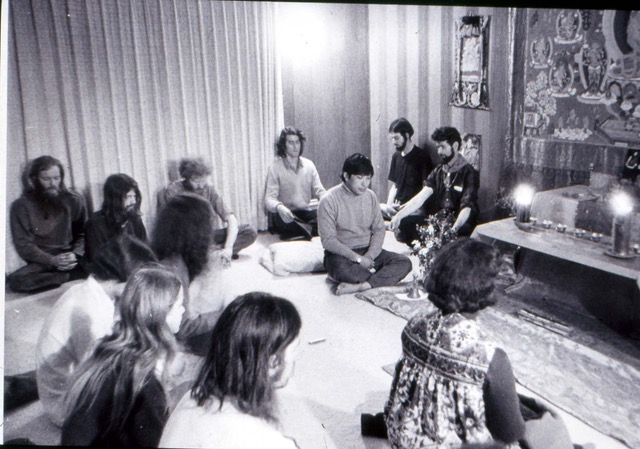
Professor C. Trungpa
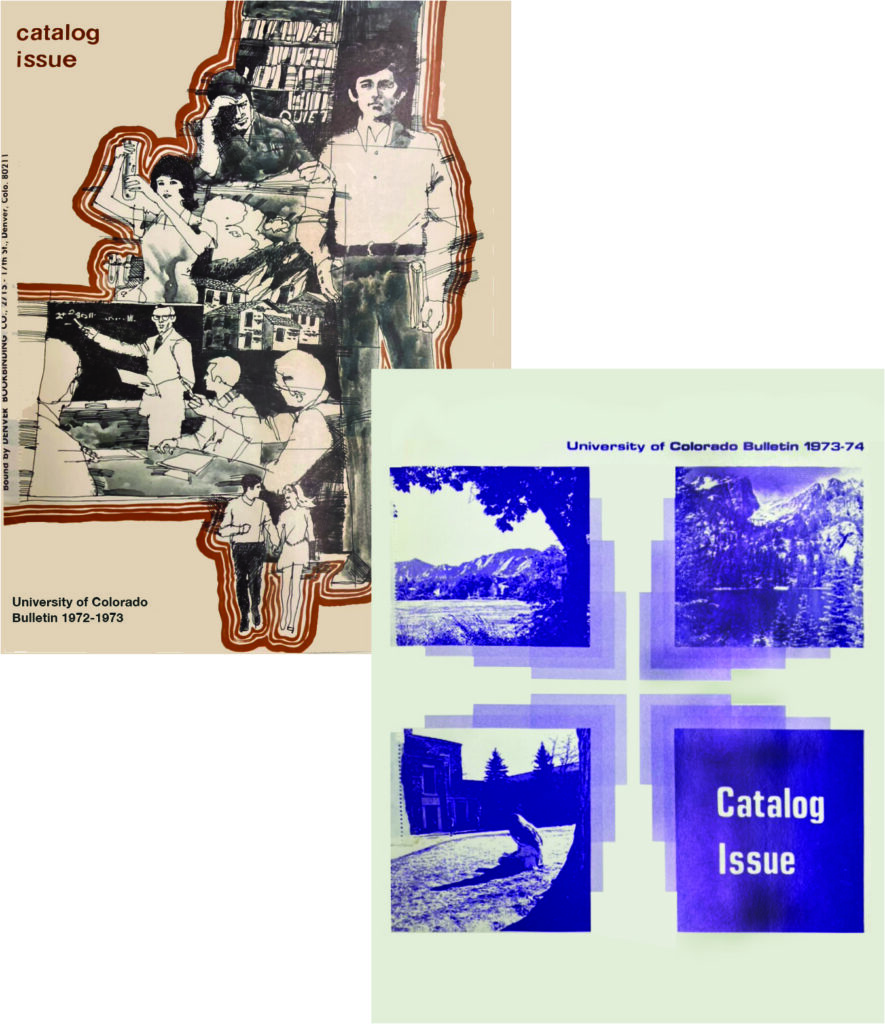
The following year, two of his students, Karl Usow and John Visvader, who taught at the University of Colorado, set up a class for Chögyam Trungpa to teach as part of the Extended Studies program. Trungpa Rinpoche taught his first university class on Tibetan Buddhism in the Spring semester of 1971 to about thirty students seated in individual desks. Baker, one of his teaching assistants for the class, recalled the environment: “The room was large, stark, bare, and brightly lit, both by the overhead fluorescents and the Colorado sunlight streaming in through out-sized windows. Rinpoche wore a sport coat and tie, portly with tousled hair. He stood before the class, blackboard behind him, the Flatirons visible through the windows, rising 1,800 feet into the clear blue sky.”
Out of respect for the matriculated students, Trungpa Rinpoche instructed his rapidly growing community of meditation students who wanted to sit in on the course to limit their participation to one class per semester. However, by his fourth and final semester in the spring of 1974, he was unable to keep his greater community of students out, and there were about one hundred attendees each week.
The Birth of Buddhist Studies
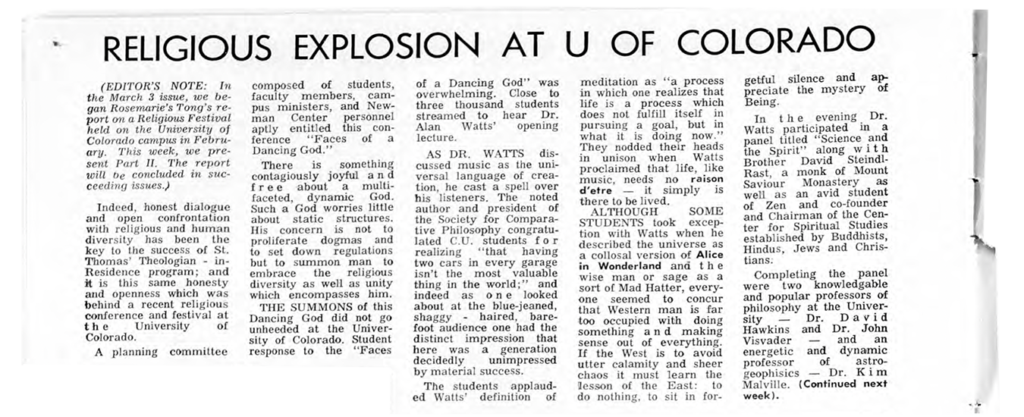
Trungpa Rinpoche’s CU classes were presenting the Buddhist teachings to Western students in a way that was nothing less than trailblazing. This period was a turning point for Buddhism in the West; Buddhist Studies courses and eventually whole departments began springing up in small colleges, large universities and many institutions of higher education nationwide. What’s more, many of the classes were taught by professors who had a personal interest in Buddhist meditation and philosophy. They were able to convey insights and experiences not accessible to those who were scholars alone. During this time, students began to take an interest in reading texts in their original languages, which led to many studying Tibetan, Japanese, Sanskrit, Chinese, and other source languages. Some became translators, which eventually contributed to a boom in English translations of original Buddhist texts.
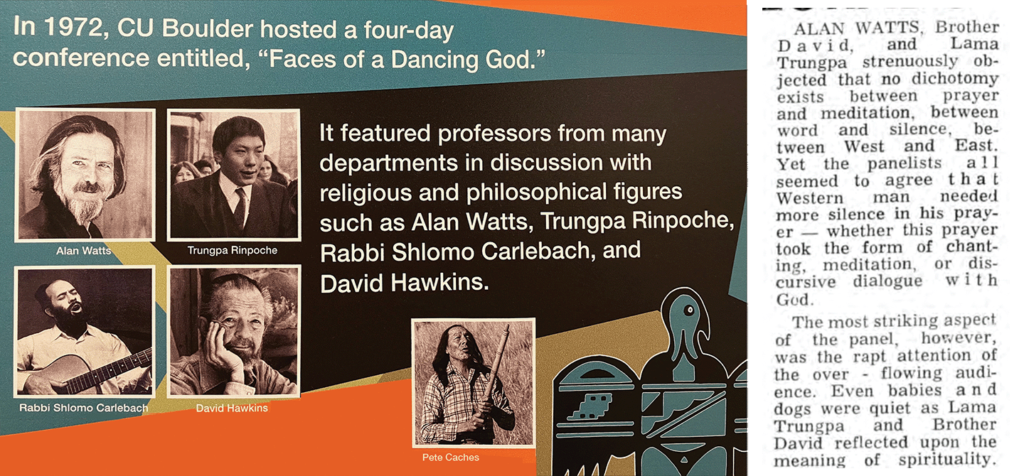
Tibetan Buddhism 101 (3 credits)

All four semesters Trungpa Rinpoche taught between 1971 and 1974 were geared towards undergraduates with a wide range of understanding and misconceptions about Buddhism—most of whom did not practice meditation. Over the course of each semester, he gave an in-depth tour of the Tibetan Buddhist path. His lectures covered an impressive amount of ground, including the historical background of Buddhism, meditation, emptiness, and tantric mysticism.
The classes followed a pretty consistent format beginning with a lecture, followed by a lively Q&A, and finally splitting into discussion groups. All of the lectures and substantial Q&A sessions are captured in the recordings (now available in the playlist below). Some of the recordings even include the homework assignments: suggested readings and pithy essay questions. These assignments were quite sophisticated, showing that Rinpoche was not dumbing down the Buddhist Path for undergrads. In a class on shamatha and vipashyana in 1971, he posed these questions to the students for reflection:
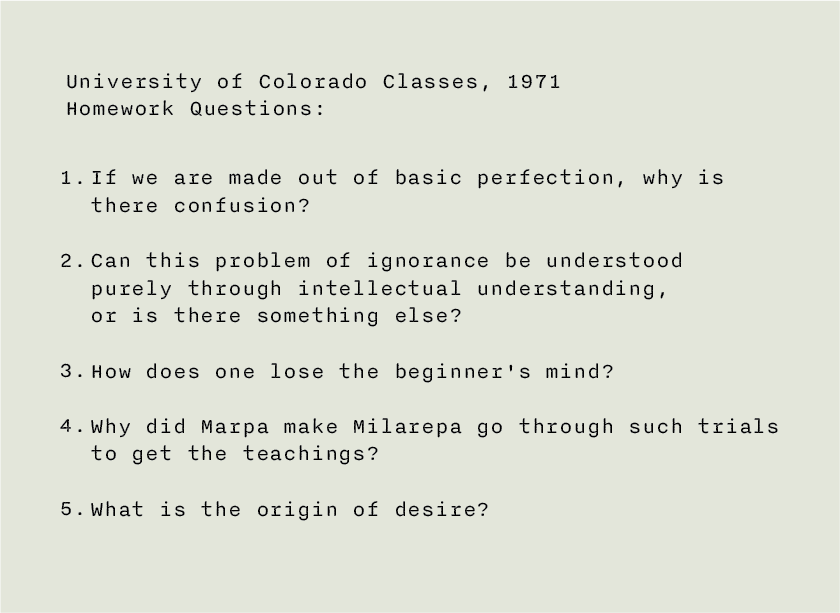
seeds for Naropa University
While a professor at the University of Colorado, Trungpa Rinpoche had a much bigger plan for Buddhist academia in the works, the establishment of the first Buddhist-inspired university in the West. Soon after Rinpoche’s final class at CU wrapped up in May 1974, the first legendary summer session of Naropa University was held. Cutting-edge poets, artists, academics, and an unexpected crowd of over 2,000 students descended on Boulder. Alternating evenings with Ram Dass,Trungpa Rinpoche taught a seminar called “The Tibetan Buddhist Path.” (This seminar was recently published in the book Cynicism and Magic.)
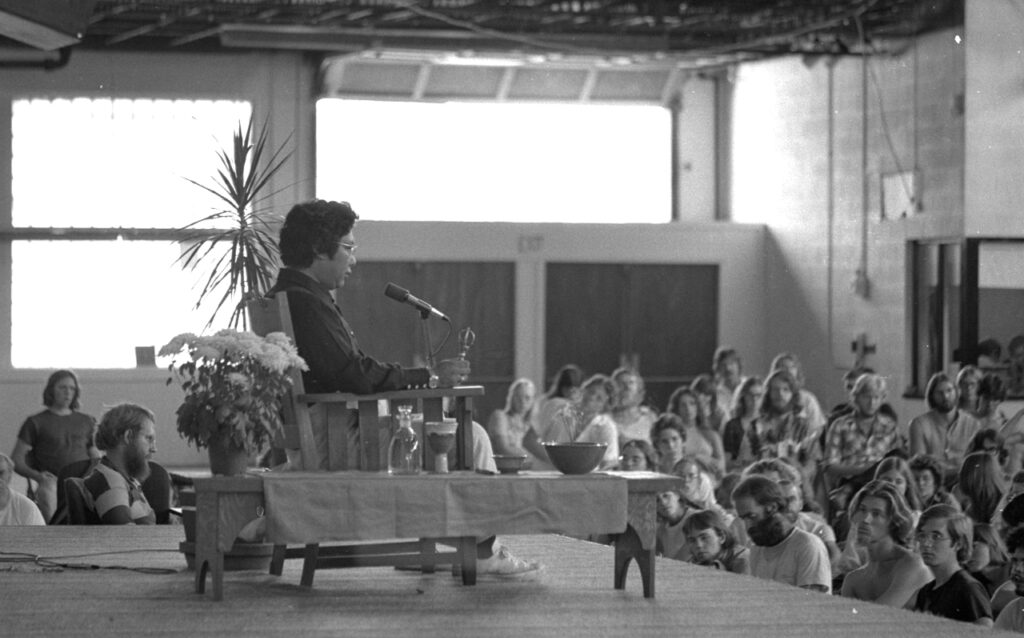
Over the four semesters Trungpa Rinpoche taught at CU, he was workshopping and refining a curriculum, which culminated in this monumental summer seminar at Naropa. The topics he taught on—including the origins of Buddhism, meditation, the three marks of existence, the five skandhas, the bodhisattva path, and nirvana—were evidently what he considered the most essential for American students to understand the Tibetan Buddhist path.
In each of the thirty-eight lectures Trungpa Rinpoche gave at CU Boulder, he presented the Buddhist path in an accessible manner without compromising the profundity of the teachings. As such, all four semesters are excellent listening for newcomers to Buddhism or those looking for fresh inspiration.
University of Colorado Playlist (Boulder, CO. Audio.)
University of Colorado Classes 1971
- Class 1: Meditation in the Three Yanas
- Class 2: The Five Skandhas
- Class 3: Shamatha and Vipashyana
- Class 4: Discussion and Review
- Class 5: Shunyata
- Class 6: Wisdom
- Full seminar playlist
University of Colorado Classes 1972
- Class 1: Historical Development of Buddhism
- Class 2: The Five Skandhas
- Class 3: Meditation and the Undoing Process
- Class 4: Hinayana, Mahayana, Vajrayana
- Class 5: The Role of the Guru
- Class 6: Application of Meditation
- Class 7: Shamatha and Vipashyana
- Class 8: Compassion
- Class 9: Prajna and Two-Fold Egolessness
- Class 10: Shunyata
- Class 11: American Tantra: Don Juan and Black Elk
- Class 12: Buddhist Tantra
- Class 13: Spirituality and Krishnamurti
- Full seminar playlist
University of Colorado Classes 1973
- Class 1: Three Marks of Existence
- Class 2: The Psychology of Ego and the Three Types of Ignorance
- Class 3: Karma and Rebirth
- Class 4: Hinayana and Mahayana
- Class 5: Comparative Studies of Sutras
- Class 6: Bodhisattva Path
- Class 7: Stages of Meditative Development
- Class 8: The Question of Nirvana
- Class 9: The Buddhist Approach to Mysticism
- Class 10: Summary
- Full seminar playlist
University of Colorado Classes 1974
- Class 1: Development of Tibetan Buddhism
- Class 2: The Three Marks of Existence
- Class 3: Psychology of Ego: The Five Skandhas
- Class 4: Karma and Rebirth: The Twelve Nidanas
- Class 5: Hinayana and Mahayana
- Class 6: Sutras
- Class 7: The Bodhisattva Path
- Class 8: The Question of Nirvana
- Class 9: The Tibetan Buddhist Approach to Mysticism
- Full seminar playlist
Sources:
Baker, John. “The Three Bodies of the Buddha”, The Chronicles of Chogyam Trungpa Rinpoche website, November, 2014, https://www.chronicleproject.com/the-three-bodies-of-the-buddha/
Tong, Rosemarie. “Religious Explosion at U of Colorado.” Denver Catholic Register, March, 1972.
University of Colorado Boulder Course Catalog and Schedule of Courses 1972-1973, CU Boulder Norlin Library archives.
University of Colorado Boulder Course Catalog and Schedule of Courses 1973-1974, CU Boulder Norlin Library archives.
Violet, Andrew. CU Boulder Norlin Library exhibit on Robert Lester, the founder of the Religious Studies department.
Warren, Clarke. “Historical Narrative of the Early Connections between the University of Colorado and Chogyam Trungpa Rinpoche” March, 2013.
Warren, Clarke. “Chogyam Trungpa: The Early Years”, The Chronicles of Chogyam Trungpa Rinpoche website, September, 2014, https://www.chronicleproject.com/chogyam-trungpa-the-early-years/ (excerpt from above paper)